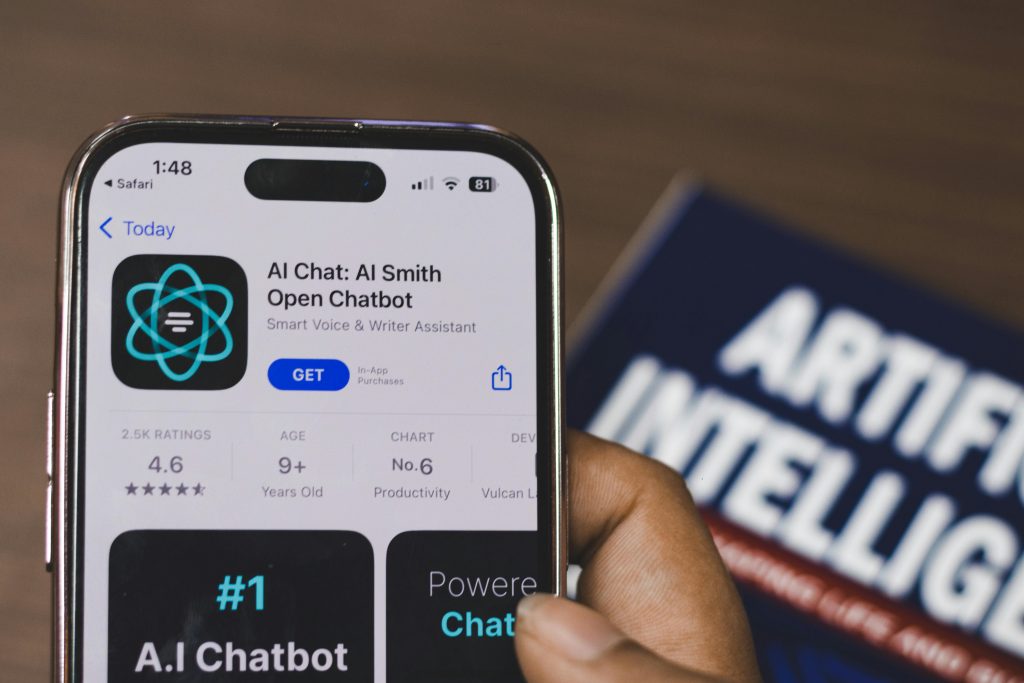The digital marketing landscape in 2025 has evolved at an unprecedented pace. With AI-driven tools, data privacy regulations, and shifting consumer expectations, marketers are forced to adapt faster than ever before. Some strategies are thriving, delivering measurable ROI and customer engagement, while others are becoming obsolete or ineffective. Understanding what works and what doesn’t is now the cornerstone of staying competitive in this complex environment.
What’s Working in 2025
1. AI-Powered Personalization
Artificial Intelligence is no longer just a trend; it is the foundation of successful digital campaigns. Brands that use AI to deliver hyper-personalized recommendations, tailored emails, and dynamic website content see higher engagement and conversion rates. Predictive algorithms allow marketers to anticipate customer needs before they even search for a product. This kind of personalization creates loyalty and increases the overall customer lifetime value.
2. Short-Form Video Content
Short-form video remains the most powerful way to capture attention in 2025. Platforms like TikTok, YouTube Shorts, and Instagram Reels reward consistency, creativity, and storytelling that feels authentic. Brands that use quick, engaging clips to communicate value propositions are seeing stronger brand awareness compared to static ads or long-form posts. The ability to repurpose this content across multiple platforms makes it cost-effective and scalable.
3. Voice and Conversational Marketing
Consumers expect instant communication, and conversational AI is delivering exactly that. Voice search optimization ensures brands are discoverable when customers use smart speakers or mobile assistants. AI-powered chatbots provide 24/7 support, guiding users through product choices, troubleshooting, and even transactions. Companies that adopt these tools reduce support costs while boosting customer satisfaction and retention.
4. First-Party Data Strategies
As third-party cookies phase out, first-party data collection is becoming a competitive advantage. Companies that design loyalty programs, surveys, and interactive experiences to gather consented data can build stronger customer profiles. This data allows for more accurate targeting while staying compliant with global privacy regulations. The result is both higher trust and more effective marketing campaigns.
5. Influencer Partnerships with Micro-Creators
Instead of relying on expensive mega-influencers, brands are seeing better ROI with micro- and nano-influencers. These smaller creators often have more engaged, niche audiences that trust their recommendations. Campaigns that feel organic and authentic resonate more than polished, high-budget influencer promotions. This approach allows companies to diversify their reach and build stronger connections with targeted communities.
What’s Not Working in 2025
6. Overreliance on Paid Ads Without Strategy
Paid advertising costs have risen significantly, making a “spray and pray” approach unsustainable. Brands that invest heavily in ads without a clear funnel strategy or creative testing often see poor returns. Success now depends on integrating paid ads into broader content, social, and retention strategies. Companies that fail to adjust are burning budgets without achieving meaningful results.
7. Generic Content Marketing
The era of mass-produced blog posts and keyword-heavy articles has ended. Audiences in 2025 expect original insights, expert voices, and content that provides real value. Generic pieces without depth are ignored by both readers and search engines, which now prioritize engagement and quality signals. Businesses that do not invest in strong editorial strategies risk losing visibility altogether.
8. Ignoring Mobile User Experience
Despite years of warnings, some businesses still fail to optimize for mobile-first interactions. Slow-loading websites, clunky navigation, and poor checkout flows lead to immediate drop-offs. In an era where most shopping and browsing happens on smartphones, these flaws are deal-breakers. Companies that ignore mobile UX fall behind competitors who prioritize seamless, intuitive mobile experiences.
9. Over-Dependence on Vanity Metrics
Many marketers still measure success by likes, impressions, and follower counts. While these numbers look good on reports, they rarely translate into business growth. In 2025, investors and executives demand ROI metrics like customer acquisition cost, retention rates, and revenue attribution. Focusing only on vanity metrics leads to misguided strategies and wasted resources.
10. One-Size-Fits-All Email Marketing
Batch-and-blast email campaigns no longer generate strong results. Consumers expect brands to send tailored messages based on behavior, purchase history, and preferences. Unpersonalized email blasts often end up in spam folders or are deleted without opening. Companies that fail to segment and personalize their email strategy are losing opportunities for engagement and sales.
FAQs
1. What are the key digital marketing trends in 2025?
The most important include AI-powered personalization, short-form video, conversational marketing, and first-party data strategies. These trends are shaping how brands connect with customers in more authentic and efficient ways.
2. Is AI in digital marketing only for large companies?
Not anymore. With affordable AI-powered tools and SaaS platforms, even small businesses can leverage automation, personalization, and data-driven targeting to compete with larger players.
3. Why is short-form video so effective in 2025?
Short-form video aligns with modern attention spans, encourages quick engagement, and works well across multiple platforms. Audiences respond positively to authentic, creative clips that deliver value in under a minute.
4. What are the biggest mistakes marketers are making in 2025?
The most common mistakes include over-reliance on paid ads without strategy, publishing generic content, ignoring mobile-first design, and tracking vanity metrics instead of ROI. These errors reduce efficiency and waste resources.
5. How can businesses prepare for the future of digital marketing?
Companies should invest in first-party data collection, AI integration, and mobile optimization while building authentic connections through video and community-driven platforms. The key is to remain adaptable and test new channels early.
Conclusion
Digital marketing in 2025 is defined by a blend of technology-driven precision and human-centric storytelling. The winners are brands that embrace AI for personalization, leverage short-form video for engagement, and commit to first-party data strategies that strengthen trust. At the same time, marketers must avoid outdated practices like generic content and one-size-fits-all campaigns, which no longer resonate with audiences.
Looking ahead, the future of digital marketing 2025 is about adaptability. Companies that learn quickly, experiment with emerging platforms, and prioritize meaningful user experiences will be positioned to thrive. Those who fail to adapt will find themselves outpaced in a market that demands both creativity and technological agility.



